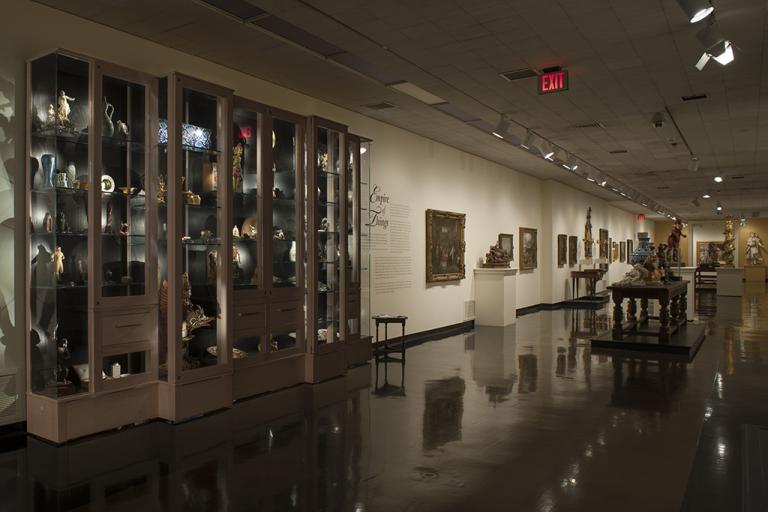sideboard table, unknown maker from Ireland
Artwork Overview
sideboard table
, mid 1700s
Where object was made: Ireland
Material/technique: mahogany
Dimensions:
Object Height/Width/Depth (Height x Width x Depth): 78.7 x 143.5 x 66 cm
Object Height/Width/Depth (Height x Width x Depth): 31 x 56 1/2 x 26 in
Object Height/Width/Depth (Height x Width x Depth): 78.7 x 143.5 x 66 cm
Object Height/Width/Depth (Height x Width x Depth): 31 x 56 1/2 x 26 in
Credit line: Museum purchase
Accession number: 1950.0089
Not on display
If you wish to reproduce this image, please submit an image request





